Future Assignments: Psychology of Decision Making - Reflection
VerifiedAdded on 2020/03/02
|6
|1415
|36
Homework Assignment
AI Summary
This homework assignment delves into the psychology of decision-making, exploring the influence of values, risk perception, and biases on individual choices. The student reflects on personal experiences, such as leading a university sports team and facing ethical dilemmas in a nursing program, to illustrate key concepts from the assigned readings. The assignment examines how values, shaped by circumstances and experiences, impact decision-making processes, often leading to conflicts between existing beliefs and alternative choices. It also analyzes risk perception and its relation to fear and anxiety, highlighting the role of knowledge and pre-conceived notions in shaping decisions. Furthermore, the assignment discusses the impact of biases on decision-making, using examples of conflicting situations related to ethical practices. Finally, it explores the concept of Neutral Omnipartial Rule Making (NORM) and its application in ethical dilemmas, emphasizing the importance of moral obligations and the potential impact of disclosing sensitive information. References are provided to support the arguments and concepts presented in the assignment.
1 out of 6
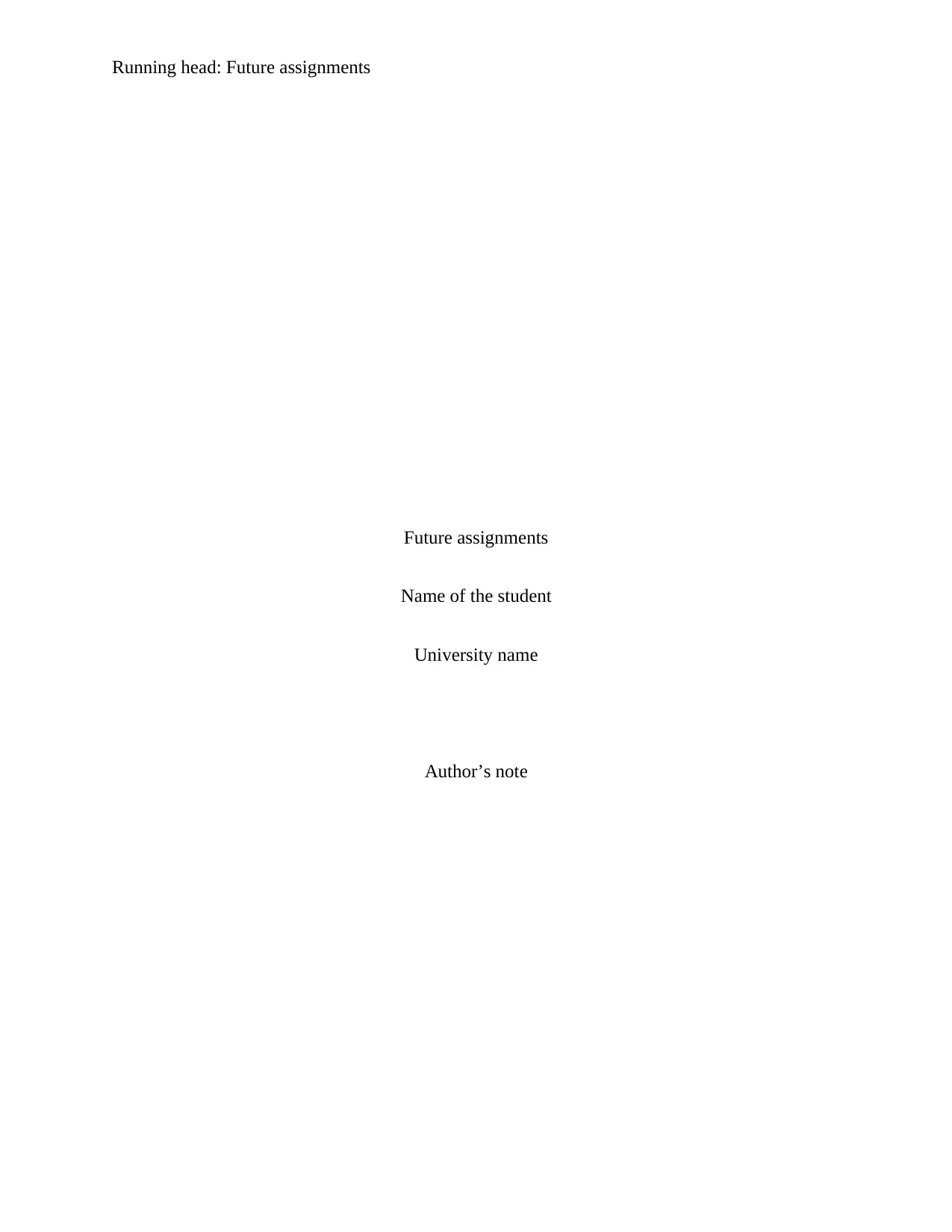

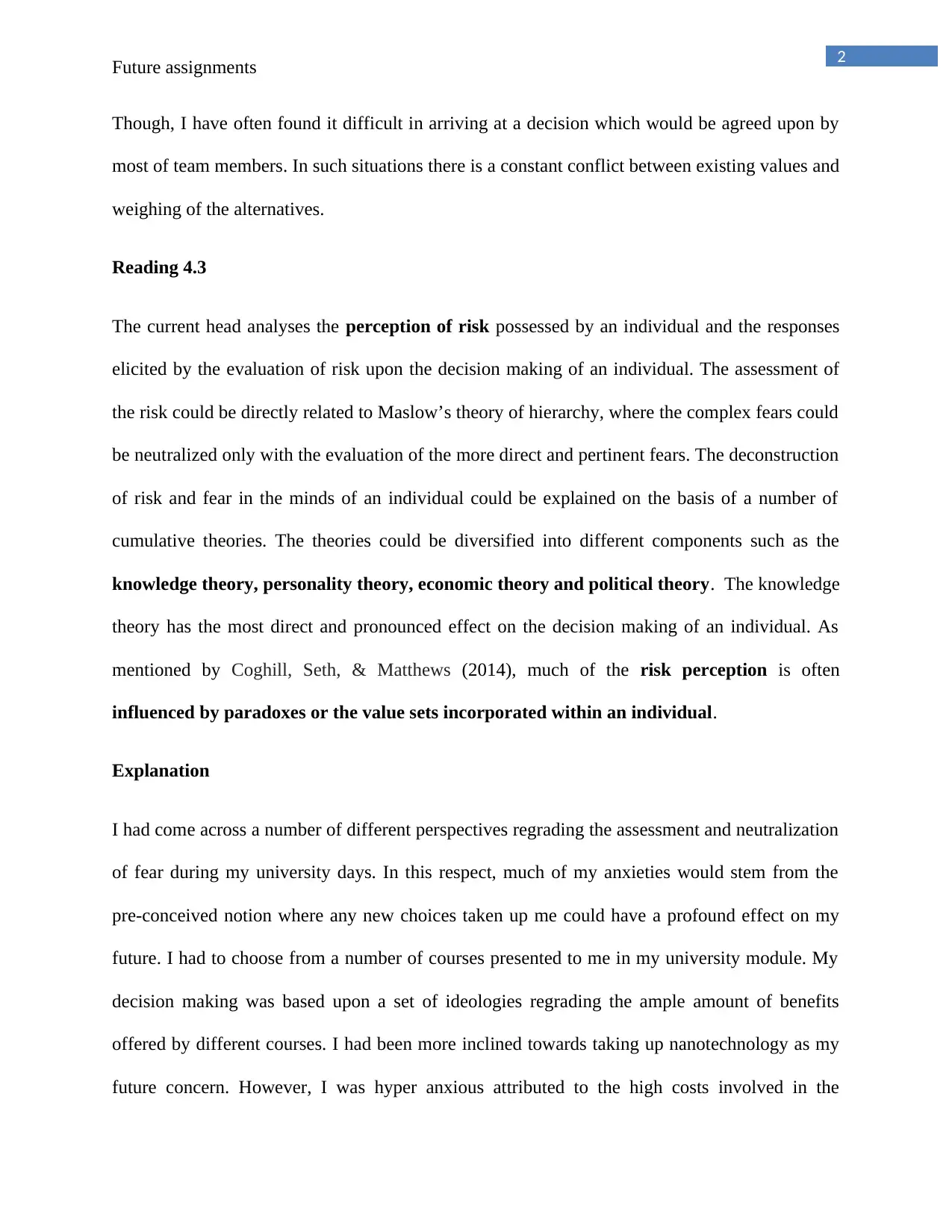
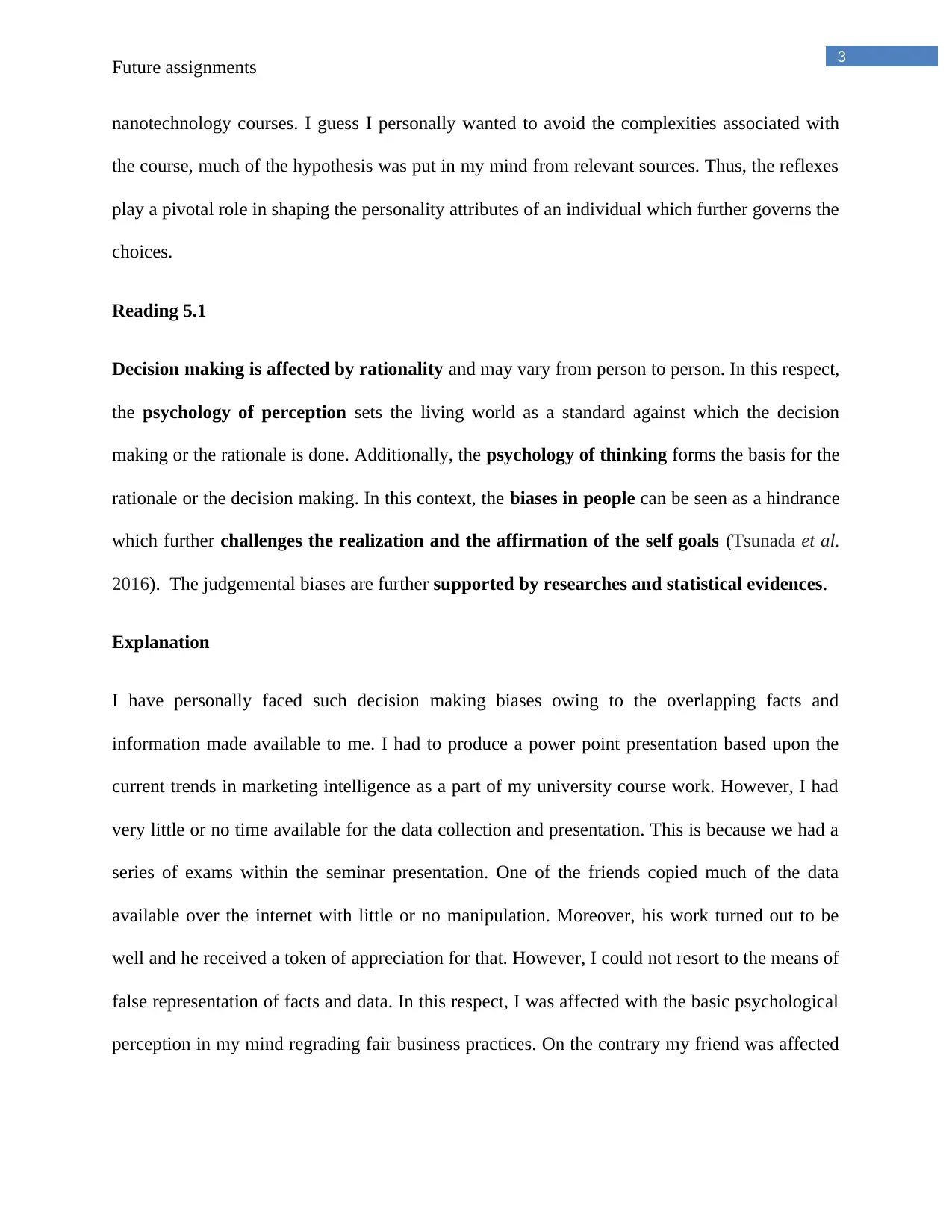
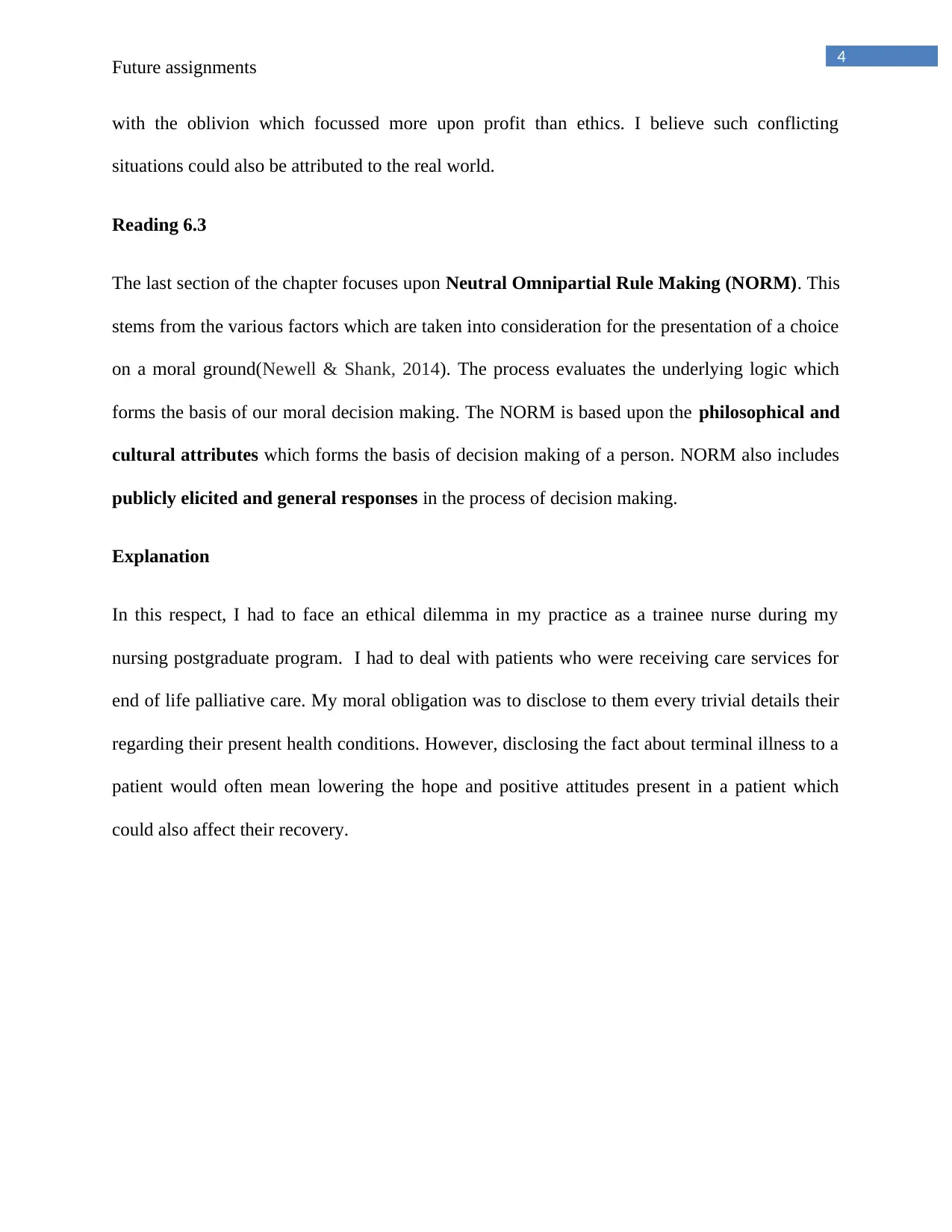
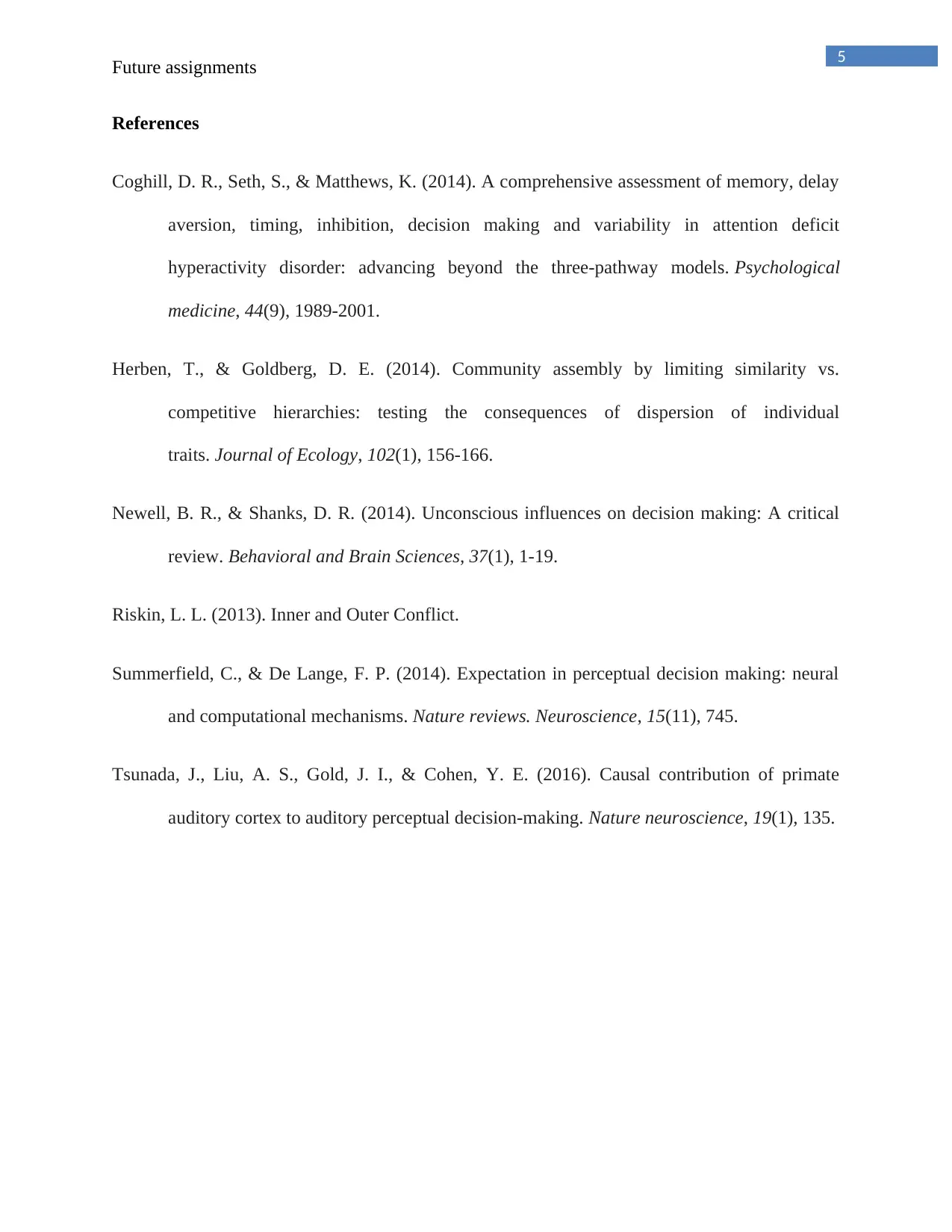





![[object Object]](/_next/static/media/star-bottom.7253800d.svg)